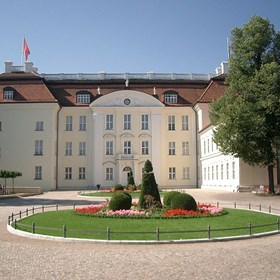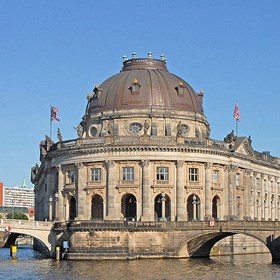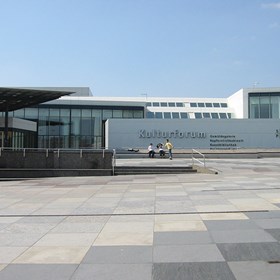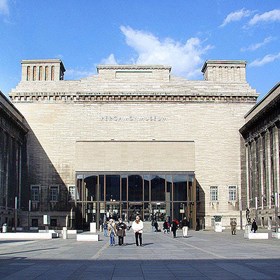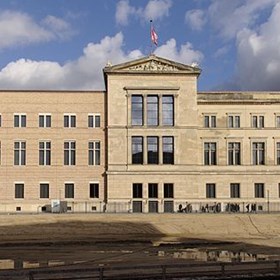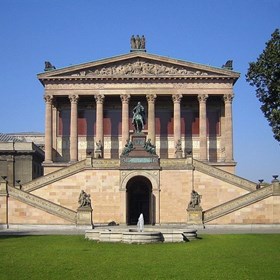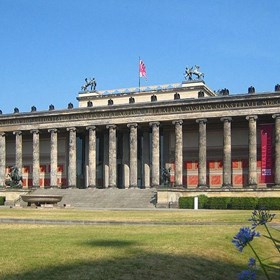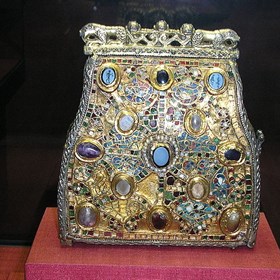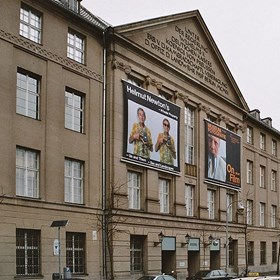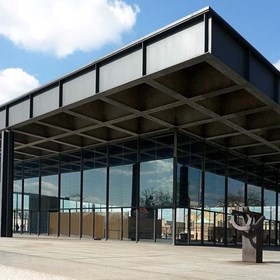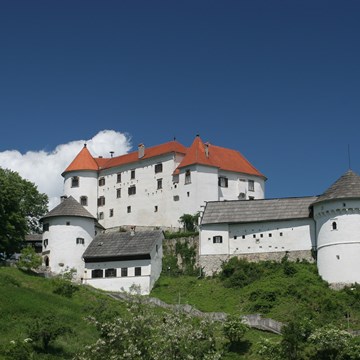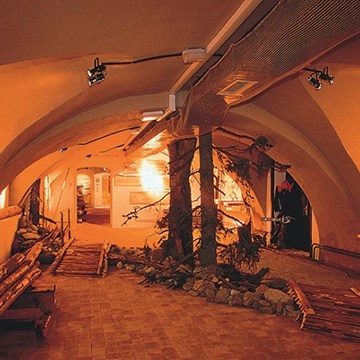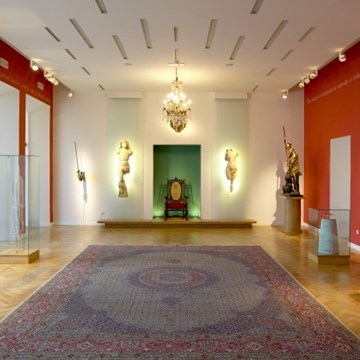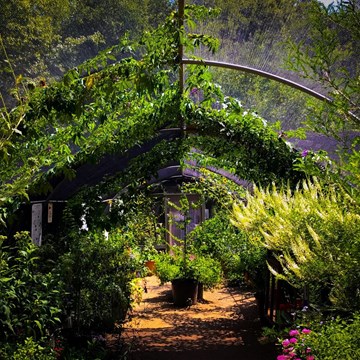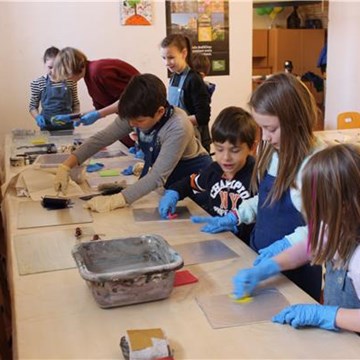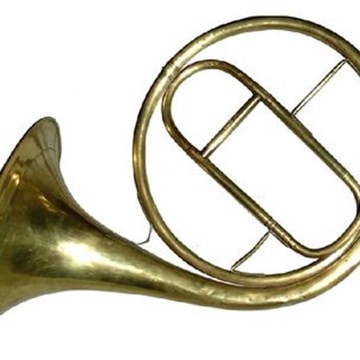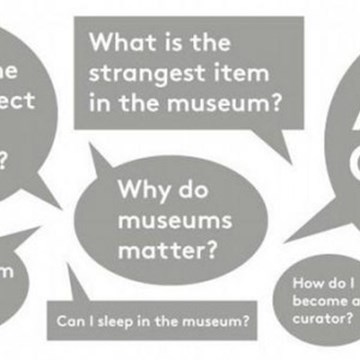Museum Berggruen
The Museum Berggruen forms an ideal and natural complement to the collection of modern art held at the Neue Nationalgalerie, most particularly with its singular works by Pablo Picasso, Paul Klee, Henri Matisse, and Alberto Giacometti. Similar to the Sammlung Scharf-Gerstenberg located across from it, the museum owes its existence to a private individual’s passion for collecting art. Situated in Berlin-Charlottenburg in the west of the city, both exhibition venues belong to the Nationalgalerie and are joined by its other entities the Alte Nationalgalerie, Neue Nationalgalerie, Hamburger Bahnhof – Museum für Gegenwart – Berlin, and Friedrichswerdersche Kirche to form an organizational whole.
The buildings that currently house the Museum Berggruen and Sammlung Scharf-Gerstenberg were originally commissioned by King Friedrich Wilhelm IV. They took eight years to build and were completed in 1859. Their architect, Friedrich August Stüler, later went on to design the Alte Nationalgalerie. The twin buildings were designed in the Neoclassical style and were each crowned with a large cupola. They were conceived as a structural counterpoint to Schloss Charlottenburg on the opposite side of the road and flank the entrance to Schloßstraße.
Both buildings served a function that was as practical as it was aesthetic: they housed the officer barracks of the Gardes du Corps while at the same time diverting the view from the nearby stables. In 1929 the Charlottenburg police academy moved into the western Stülerbau, the adjoining commandant’s quarters at Spandauer Damm 17, and the legion’s quarters at Schlossstrasse 1a (now home to the Bröhan Museum). In 1937, the police academy became the 'Senior Academy for the Security Police', under the direct command of Reinhard Heydrich, head of the Sicherheitsdienst des Reichsführers-SS, the intelligence organization of the SS. After being severely damaged in the Second World War, Stüler’s buildings had to be extensively restored, with work completed in 1958. Two years later, the Antikensammlung moved into the western building.
Once it became clear that, as a consequence of the fall of the Berlin Wall, the Antikensammlung and its collection of Antique sculptures and artefacts would return to their original home, the Museumsinsel Berlin, the director-general of the Staatliche Museen zu Berlin at the time, Wolf-Dieter Dube, made an offer to Heinz Berggruen, gallerist and private collector, that he could use the newly vacant building as a place to exhibit his collection, which he then presented to the Staatliche Museen zu Berlin in 1995 as a ten-year loan. The architectural practice Hilmer & Sattler und Albrecht were then assigned the task of carrying out the necessary conversion work. Within months of its opening in September 1996, the Berggruen Collection, known from 2004 onwards as the Museum Berggruen, became a major attraction among the art-loving public. In the year 2000, the Stiftung Preussischer Kulturbesitz (Prussian Cultural Heritage) managed to purchase the collection for the Nationalgalerie with funding from the German government and the state of Berlin.
After the death of Heinz Berggruen in 2007, his family agreed to make further works available to the Nationalgalerie as loans and to continue supporting the museum with new accessions to the collection. With the family’s backing thus secured, Kuehn Malvezzi architects were commissioned to expand the museum to include the neighbouring building, the former commandant’s quarters on Spandauer Damm, and a newly landscaped sculpture garden to the rear of both properties. The newly expanded museum opened in 2013. A glass corridor now connects the two historical buildings.
Please note that the annex building is closed through construction work. The other areas of the museum are open.
The Bettina Berggruen Garden is accessible to the public during museum opening times.
Other venues
Exhibitions and events

Picasso and his Time
Permanent exhibitionOn 16 March 2013, the Museum Berggruen, part of the Nationalgalerie, will reopen its doors to present to the public its famous collection of Modern Art. The museum, which until now was completely...
Educational programs
We don't have anything to show you here.


